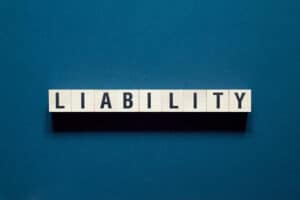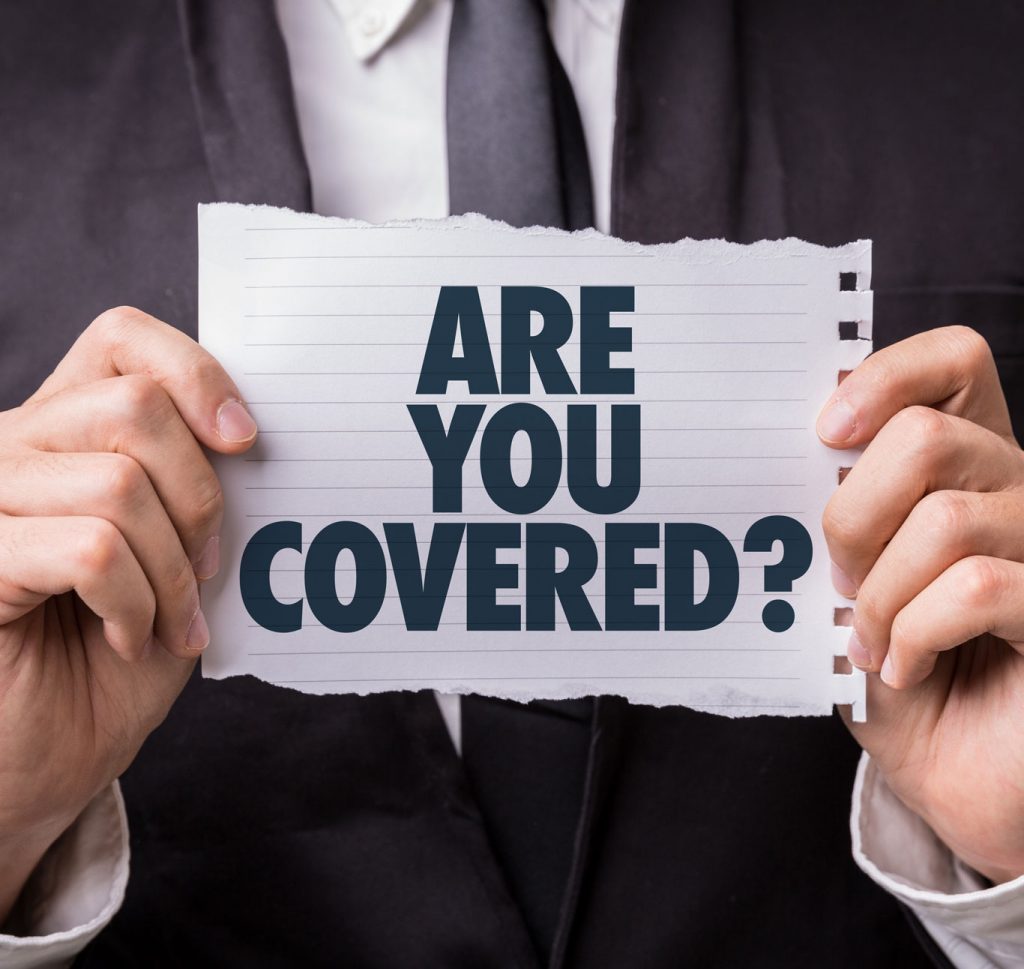Upgrades and retrofitting are common parts of the alarm installation business – especially if home or business owners are currently unhappy with how their system is performing. Your installers can offer details through their inspections and quotes on what the current system isn’t doing right, and how it can be fixed. That’s especially important if there are problems with smoke alarms, which could fail to meet local building codes or create safety hazards.
Let’s check out some of those smoke alarm flaws that installers may come across, and why it’s important to change them.
False Alarms Due to Temperature Issues
Getting complaints about false alarms is routine for many alarm installers, and one of the most common flaws is placing a smoke or fire sensor in a poor location where it’s affected by temperature. Sometimes this happens when an alarm is placed in a garage or warehouse: That may seem like a common-sense place to put a sensor, but if winter temperatures in the area start dropping below freezing, this can damage sensors and lead to false alarms.
Indoors, heat is more likely to be an issue. Put a smoke alarm too near a bathroom door, and steam from the bathroom may accidentally start setting it off. In commercial buildings, if an alarm is too close to a kitchen, similar problems can happen. You should always install alarms in a neutral location where temperature isn’t an issue.
The Power Source Isn’t Up to Code
Smoke alarms tend to use one of several different power options. They can have replaceable batteries or be hardwired to an electrical system but have batteries as a backup – and more recently we’ve seen more smoke alarms start to use smart or rechargeable batteries.
The big problem is that the power source option is rarely up to the owner of a property. They are frequently decided by state laws, which often require hardwired systems with battery backups on various types of construction, both new and old (this also makes it easy for the fire alarms to be interconnected with each other, another common requirement. Using the wrong power source could create liability issues and may not be as safe, either. Be aware of state laws and know when to recommend upgrading to a compliant system when necessary.
Speaking of codes and requirements, note that some businesses and homes may want to add lights to their fire alarm systems to help make them accessible to those who may have hearing impairments. This may be required in some work or public spaces but is not always implemented.
Obsolescence
This is a trickier issue that occurs when a fire alarm can no longer work properly with a building’s security system. In some cases, the alarms are just old, and have missed too much maintenance, so the best solution is to replace them entirely. Or a specific feature of the smoke alarm may no longer be supported, so it won’t work as it once did.
This can also happen with newer alarms, especially smart smoke and fire sensors. Smart sensors are designed to communicate wirelessly with other devices in a security system. But if owners want to switch to a different system or add new features, the smoke alarm may no longer be compatible. These kinds of compatibility issues are improving, but a system may still require a different alarm.
Missing Sensors and Alarms
Local building codes, state regulations, and a helping of common sense will show how many alarms a building should have based on its size, the number of rooms, etc. The problem is that sometimes that’s ignored during a previous installation, or alarms are cut to save money and time. Sometimes a business may expand a building or remodel, but not update the alarm system when new alarms should have been added. In this case, it’s time to get the proper number of smoke detectors in the right locations, but the system itself rarely needs to be replaced entirely.
DIY Installations Gone Wrong
It can be tempting for owners to try and install their own smoke detectors, especially if they already have a system and are trying to add detectors in too. Similarly, if owners received a free smoke alarm installation from the local fire department or a nonprofit program, it may not have been installed correctly even with the best of intentions. When this happens, detectors may not be wired correctly and may not work at all, or they may constantly give off false alarms or have other problems.
Discuss Installation Goals with Clients
Smoke alarm upgrades provide an opportunity to make many kinds of important changes. That includes not only fixing flaws from old systems, but adding new features and new types of integration. Always take time to discuss installation goals with clients, and what’s most important to them. If installers aren’t sure, it’s a good idea to recommend an inspection from a local fire department, which typically offers these services. With the right information and experience, installers can gain a reputation for fixing even the most problematic fire alarm systems while updating their technology in all the best ways.






